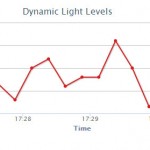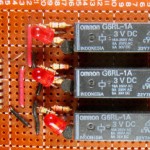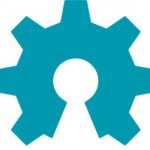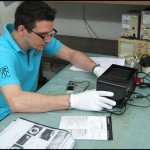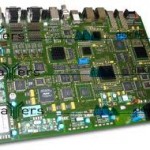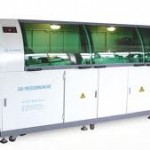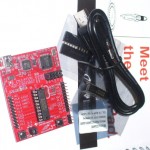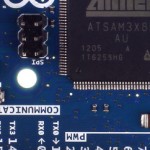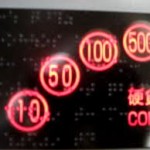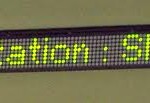Moving on from our examination of Hardware design directions for Internet-of-Thing solutions, we now turn to the software portion of the solution. As there was many hardware options to consider, there is also a variety of choices to select from when looking for a service to collect data from and interact with your hardware. Each have their own features, costs and drawbacks – however these factors and more are subject to the goals of your project.
Nevertheless each have their own distinctive features, so let’s examine three existing and experienced market players in more detail. The first is known as “cosm”, however previously called “pachube”. Cosm is flexible in that you can use your own hardware designs or existing hardware from other vendors, and no hardware licensing is required. You can prototype very easily with cosm using inexpensive development platforms such as NXP’s mbed or even an Arduino-compatible board. This allows your hardware team to get started straight away. 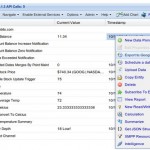
However the service is mainly for capturing and organising “feeds” of data from connected devices, and this can be done for zero cost. There are other options that allow device management and provisioning, however they are in beta stage at the moment. Nevertheless the cosm platform is effective and excellent for capturing data from remote devices for analysis and action – and with very low start-up and running costs it’s great for experimenting or proof-of-concept prototypes.
The next service we consider is “Thingspeak”. This is a fully open-source IoT platform that designed for data feeds and interaction with hardware in both directions. You can also import existing data collected before implementation. Although Thingspeak is open-source, it does provide security via API keys and user authentication. Rules can be created that react when data reaches a certain value or parameter – which cause twitter messages, can trigger hardware or other devices via a connected PC.
You can also export all captured data in .csv file format for ease of local analysis or system transfer. Due to the openness of the system, there’s a great variety of tutorials and examples available for Microsoft .NET, Arduino, python, processing and other environments – which will help your team get up to speed. And currently the service is no-charge. With these factors in mind, Thingspeak can provide a simple solution however more direct enquiries with the organisation would need to be made with relation to long-term changes in costings.
Finally we take a look at “Nimbits”. This service provides the usual cloud-based data gathering, analysis and so on – but using the Google Apps. This offers an incredibly reliable server, integration with Google Docs and other related software tools. As with Thingspeak, Nimbits is fully open-source and allows import and export of your own data. Nimbits offers integration with social media such as facebook and twitter.
The service is free for up to 1000 API calls per day, and then one cent per 1000 calls. Therefore you can again try it for free, or at a very low cost. Getting started is simple, with a range of tutorials on data capture, and interaction or messaging based on circumstances. It does require more coding than cosm or Thingspeak, however this isn’t an insurmountable challenge.
The IoT industry is growing, and even as we write this more services are being introduced and demonstrated. It can be difficult to choose which service to use, as they’re all quite young and untested over the long term, so having hardware and plans that can span two or more different services is essential for the longevity and sustainability of your IoT project.

